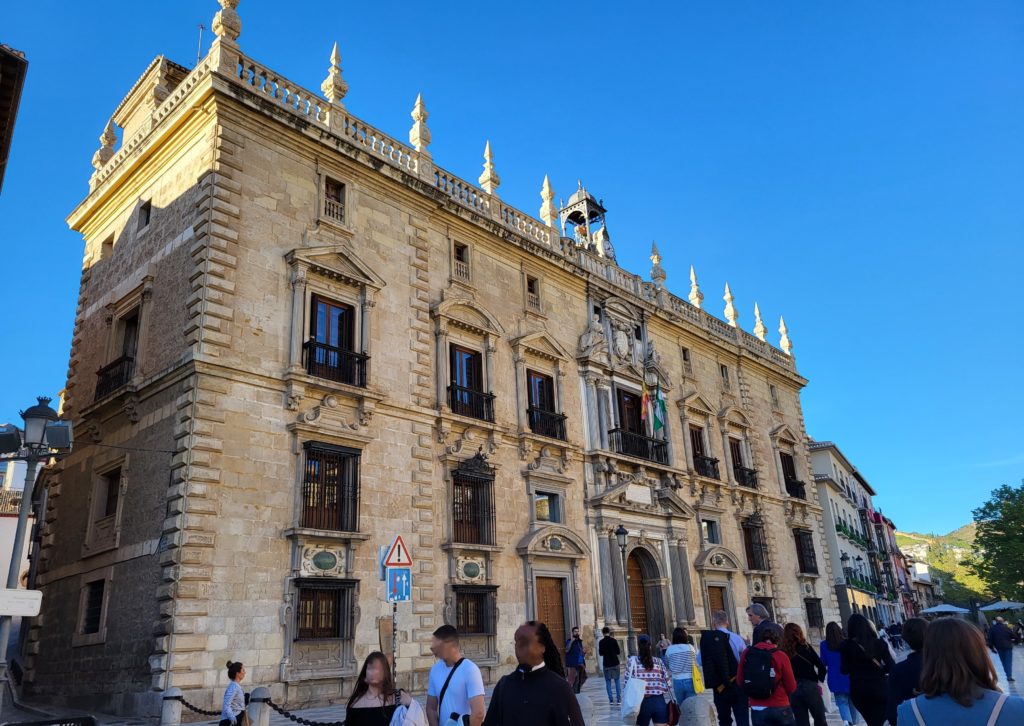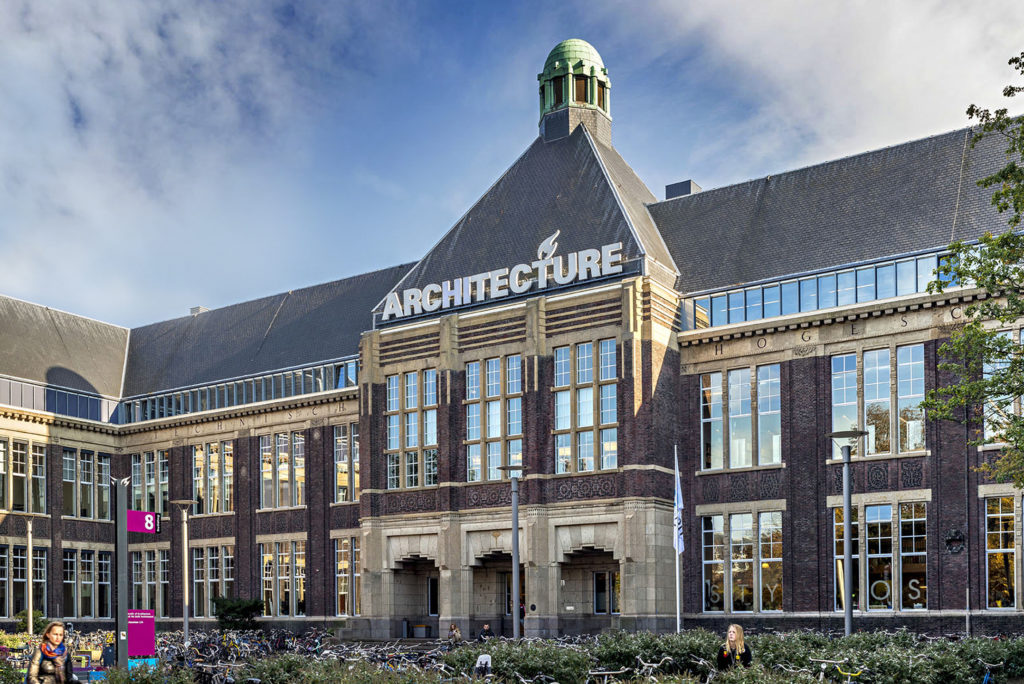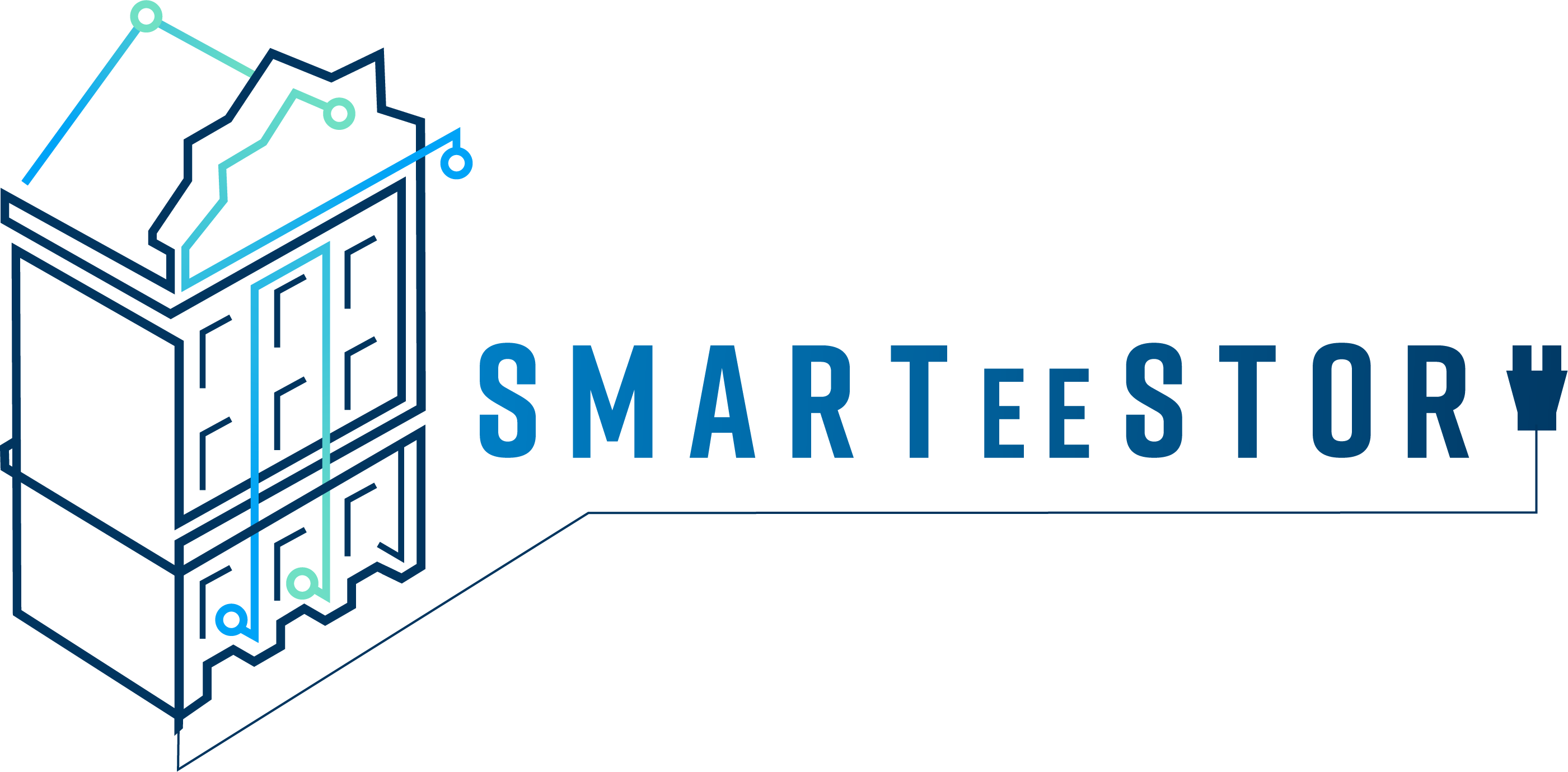Let’s have a closer look at the significance of historic buildings. Why is it crucial to prioritise their refurbishment, and what challenges do these projects typically encounter, making them so complex to manage?
What is a historical building?
A historic building is a structure of significant historical or artistic value that is officially protected to prevent alteration or destruction. These buildings may include castles, museum, city halls, universities, and other types of structures that are evidence of a community’s heritage. In the European Union (EU), a historical building is typically defined and protected under various laws and regulations aimed at preserving cultural heritage. While specific definitions may vary between member states, there are the following common principles and criteria outlined in EU directives and conventions: Cultural Significance, Age, Protected Status, Architectural and Artistic Value, Intangible Heritage, and Public Interest. So, within the EU context, the definition of a historical building includes not only physical characteristics, but also wider cultural and social considerations aimed at safeguarding Europe's rich and diverse heritage for present and future generations.

Why should we target the refurbishment of historical buildings?
Europe is home to countless historical buildings that are not only architectural marvels but also symbols of cultural heritage. However, many of these buildings face challenges in terms of energy efficiency while preserving at the same time their unique character (i.e. façade, building integrity and structure, materials, etc.)
However, the refurbishment of historical buildings is crucial for achieving energy savings and contributing to the European Union's long-term objective of full decarbonisation. By implementing sustainable and digital strategies, these buildings can significantly reduce their carbon footprint while preserving their cultural significance and aspect. Moreover, the green and digital transition in the refurbishment process can enhance the quality of life for citizens working in historical non-residential buildings by creating more comfortable, efficient, and technologically advanced working spaces.
In the SMARTeeSTORY project, we target the digitalisation of historical non-residential buildings (where energy renovation it is not an option), since the respective buildings are important landmarks in European cities. They thus present a unique opportunity to demonstrate the advantages of green and digital transitions to the wider public. By targeting these types of buildings, we aim to show that energy efficiency and sustainability can be effectively achieved even in structures with traditionally low energy performance and high consumption. This is often due to outdated technological systems and construction limitations related to their historical context. RINA Consulting S.p.A (RINA-C), coordinator of the project and actively involved in its implementation, will support the refurbishment of historical buildings, particularly through their digitalisation, by developing optimisation and control algorithms for the Delft and Riga demo sites. These algorithms will be integrated into the SMARTeeSTORY platform, also developed by RINA-C, enabling control of equipment, actuators, and devices via wireless technologies. This integration will contribute to energy savings and reduced CO2 emissions in historical buildings.
Thanks to SMARTeeSTORY, we will be able to show how sustainability can be achieved in historical non-residential buildings, while still preserving their historical integrity.
What are the main challenges faced during the refurbishment of historic buildings?
The refurbishment of historical buildings is a complex process that involves a range of challenges such as preservation against the need for modernisation and regulatory obstacles and approvals. One major obstacle involves the restrictions due to Preservation Laws, both at the European and National levels, designed to safeguard the authenticity and character of these buildings. The approval process can be complex and needs a close collaboration with local historic preservation boards, government agencies and local authorities. Additionally, another big challenge is represented by the delicate balance between preserving the building's historical integrity/aspect and the contemporary standards for functionality, comfort, and safety. So, the refurbishment of historic buildings is a process that involves several actors dealing with a range of challenges, from preserving historical integrity to addressing structural and environmental issues, managing costs and community engagement, and securing regulatory approvals.
In conclusion, the refurbishment of historical buildings is a crucial step towards achieving the European Union's decarbonisation goals while preserving the cultural heritage of Europe. By embracing sustainable strategies and the digital transition, projects like SMARTeeSTORY can contribute to creating more energy-efficient and technologically advanced working spaces that will also enhance the quality of life for citizens.

Organisation
RINA Consulting S.p.A. is the Project Coordinator of the SMARTeeSTORY EU funded project and the work package leader of WP4 on SMARTeeSTORY Integrated Building Automation & Control System. Within the SMARTeeSTORY project, RINA-C will cover the required informatics skills to develop the digital software architecture of the SMARTeeSTORY system and, as a major consultancy, will bring relevant industrial know-how on project demonstrators and extensive experience in setting up a sound exploitation strategy for project results.
RINA-C is a global corporation that provides services across the Energy, Marine, Certification, Transport & Infrastructure and Industry sectors through a global network of 200 offices in 70 countries. Over the past 10 years (2012-2022), RINA-C has actively participated in approximately 500 R&D and industrial innovation projects, spanning regional, national, and EU initiatives. As a result of this extensive engagement, RINA-C has achieved recognition as the second top industrial participant in Horizon 2020 projects across Europe, based on the number of participants.
Authors: Heidi Percuoco & Matteo Porta, Rina Consulting S.p.A.



